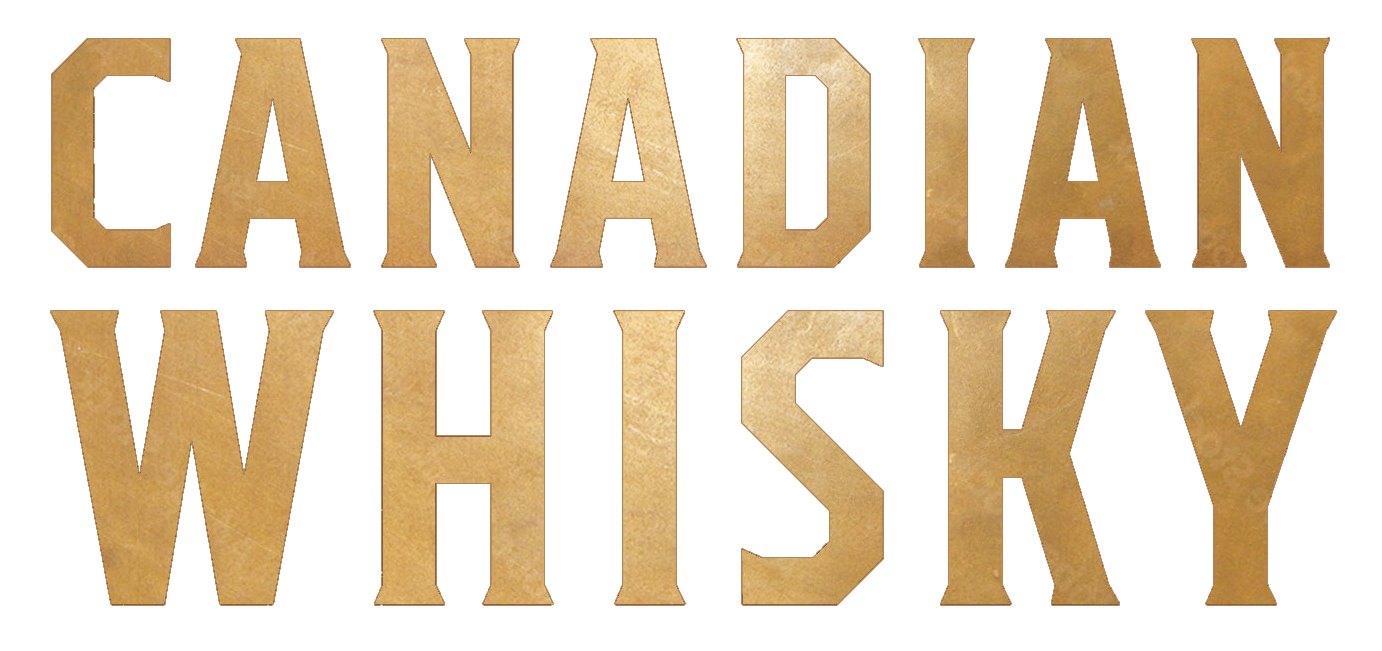Two Myths about Canadian Whisky
Myth number 1: Canadian whisky is called rye because it used to be made from rye grain. Now it is mostly corn-based. This myth remains popular because it is makes sense. However, it is completely false. The use of the word rye for Canadian whisky dates back to a time when most Canadian whisky was made by millers - wheat millers and most Canadian whisky was made from wheat. Indeed, the main grain grown in Canada at that time was wheat. When someone got the idea of adding just a small amount of rye grain to his or her whisky mash a new whisky style was born. It was much more flavourful than common wheat whisky and almost everyone preferred it. To make sure they got the more flavourful whisky customers asked for "rye" - wheat whisky with a small amount of rye grain added to the mash.When Canadian distillers began using corn in their whisky it was American corn brought in by rail and by ship. Varieties of corn that would prosper in the Canadian climate were not common until the 1950s and later. Corn was preferred over wheat because it contains more starch and so produced a lot more alcohol than wheat. It was also a lot more cost effective to buy corn because post-Confederation trade tariffs lowered the price of corn relative to wheat making it more economical to import corn rather than use local wheat.
Myth number 2: The Scots introduced whisky making to Canada. This is a very convenient and well-worn myth. If Canadian whisky was descendant from Scotch then it could be described using terms that are familiar due to their long association with Scotch.It is also easy to believe because there were many Scots among Canada's early settlers and today, when we think of whisky, we often think of Scotland. However, Canadian whisky as a unique whisky style was developed by immigrants from England and continental Europe, not Scots.
